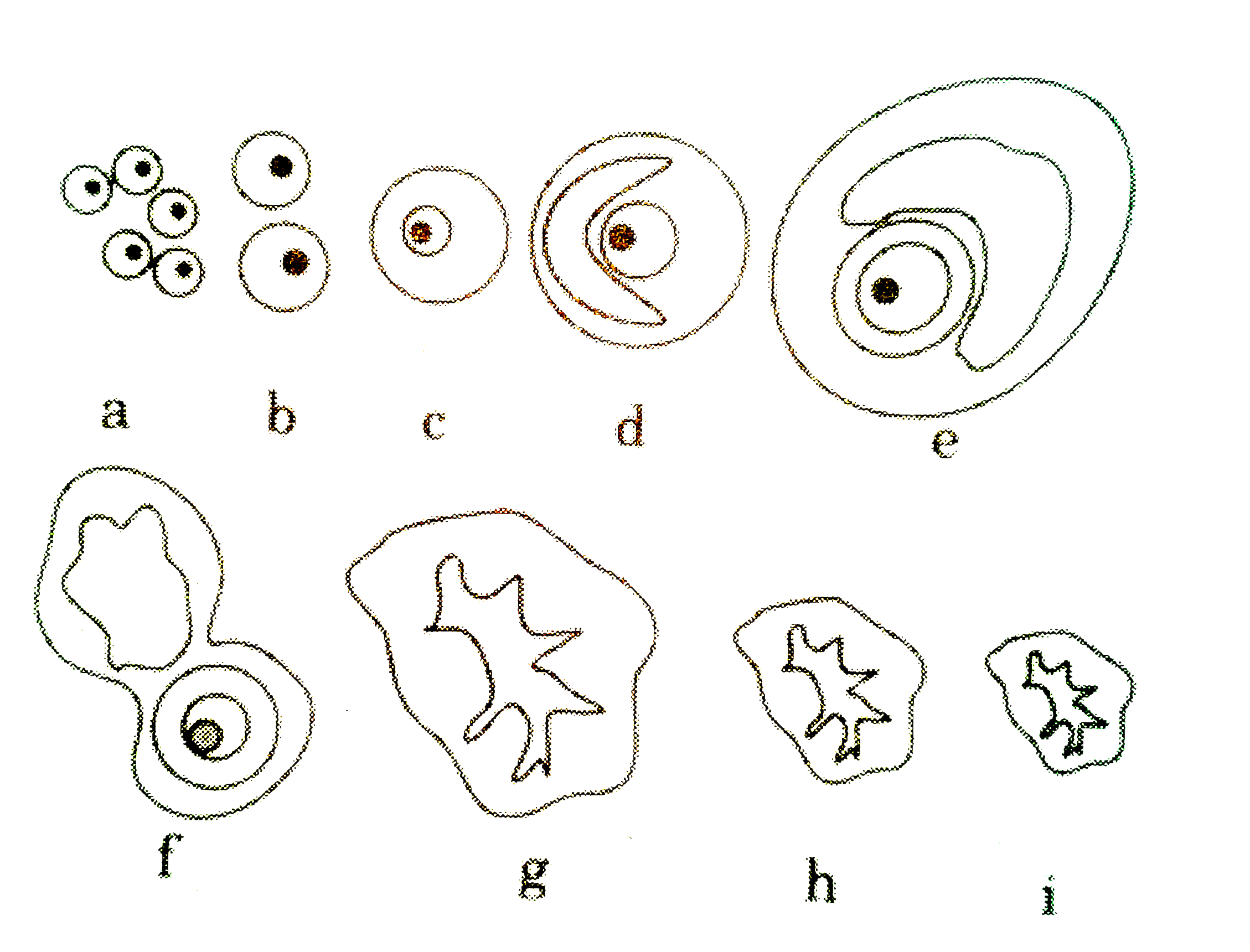A woman has conceived and implantation has occurred in her uterus. Explain the sequence of changes upto parturition which take place within her body.
After implantation the chorionic villi and uterine tissue become interdigitated to form placenta. Placenta facilitates supply of O2 and nutrients to the embryo and removes CO2 and excretory materials produced by the embryo. Increased production of hormones like estrogen, progesterone, prolactin are essential for supporting foetal growth, metabolic changes in the mother and maintenance of pregnancy. The inner cell mass differentiates into three distinct germ layers mesoderm, ectoderm and endoderm) which given rise to all tissues (organs) in adults After one month of pregnancy the embryo's heart is formed By the end of the second month of pregnancy the foetus develops limbs and digits. By the end of 12 weeks (first trimester) most of the major organ systems are formed.By the end of 24 weeks (second trimester) the body is covered with fine hair. eyelids separate and eyelashes are formed. The signals for parturition originate from the fully developed foetus and the placenta which induce mild uterine contractions called foetal ejection reflex The triggers release of oxytocin from maternal pituitary along with stimulatory reflex resulting in stronger contractions leads to parturition.
Topper's Solved these Questions
- BOOK - TRUEMEN BIOLOGY ENGLISHCHAPTER - REPRODUCTIONEXERCISE - SECTION -C22videos
REPRODUCTION
- BOOK - TRUEMEN BIOLOGY ENGLISHCHAPTER - Protista EXERCISE - ASSERTION AND REASON6videos
Protista
- BOOK - TRUEMEN BIOLOGY ENGLISHCHAPTER - Reproduction In OrganismsEXERCISE - MULTIPLE CHOICE QUESTION131videos
Reproduction In Organisms
Similar Questions
Knowledge Check
- Question 1 - Select One
Which of the following changes occur in diaphragm and intercostal muscles when expiration of air takes place ?
AInternal intercostal muscles relex and diaphragm contractsBExternal intercostal muscles and diaphragm relaxCinternal intercostal muscles contract and diaphragm ralaxDExternal intercostal muscles and diaphragma contract
If the above normal gene sequence changes to ABCABCDEFGH, then has occurred.
View SolutionThe following is the illustration of the sequence of ovarian events (a - i) in human female.

(i) Identify the figure that illustrates ovulation and mention the stage of oogenesis it represents.
(ii) Name the ovarian hormone and the pituitary hormone that have caused the above mentioned event.
(iii) Explain the changes that occur in the uterus simultaneously in anticipation.
(iv) Write the difference between 'c' and 'h'
(v) Draw a labelled sketch of the structure of a human ovum prior to fertilization.View SolutionState Stefan's law and Wien's displacement law. Draw graphs showing the distribution of energy in the spectrum of a black body. Explain what quantity is plotted against the wavelength . By considering how this energy distribution varies with tempaerature expalin the colour changes which occur when a piece of iron is heated from cold to near the melting point.
View SolutionA preganant woman who has undergone amniocentesis test, finds an extra Barr body in her embryo. The syndrome which is likely to be associated with embryo is
View SolutionA woman has haemophilic brother and normal parents. She wants to marry a man who has no history of haemophila in his family. What is the possibility of her children having this disease
View SolutionThe following is the illustration of the sequence of ovarian events (a - 1) in a human female. (a) Identify the figure that illustrates ovulation and mention the stage of oogenesis it represents.
(b) Name the pituitary hormone that has caused the above mentioned event.
(c) Explain the changes that occur in the uterus simultaneously in anticipation
(d) Write the differences between 'c and 'h'.
(e ) Draw a labelled sketch of the structure of a human ovum prior to fertilization.
 View Solution
View SolutionClassification system are chaning every now and then because an attempt has been made to evolve such a sytem ultimately which is able to explain evolutionary relations in organisms. What was the correct sequence of these types of classification systems with respect to their solutions:-
View Solution

